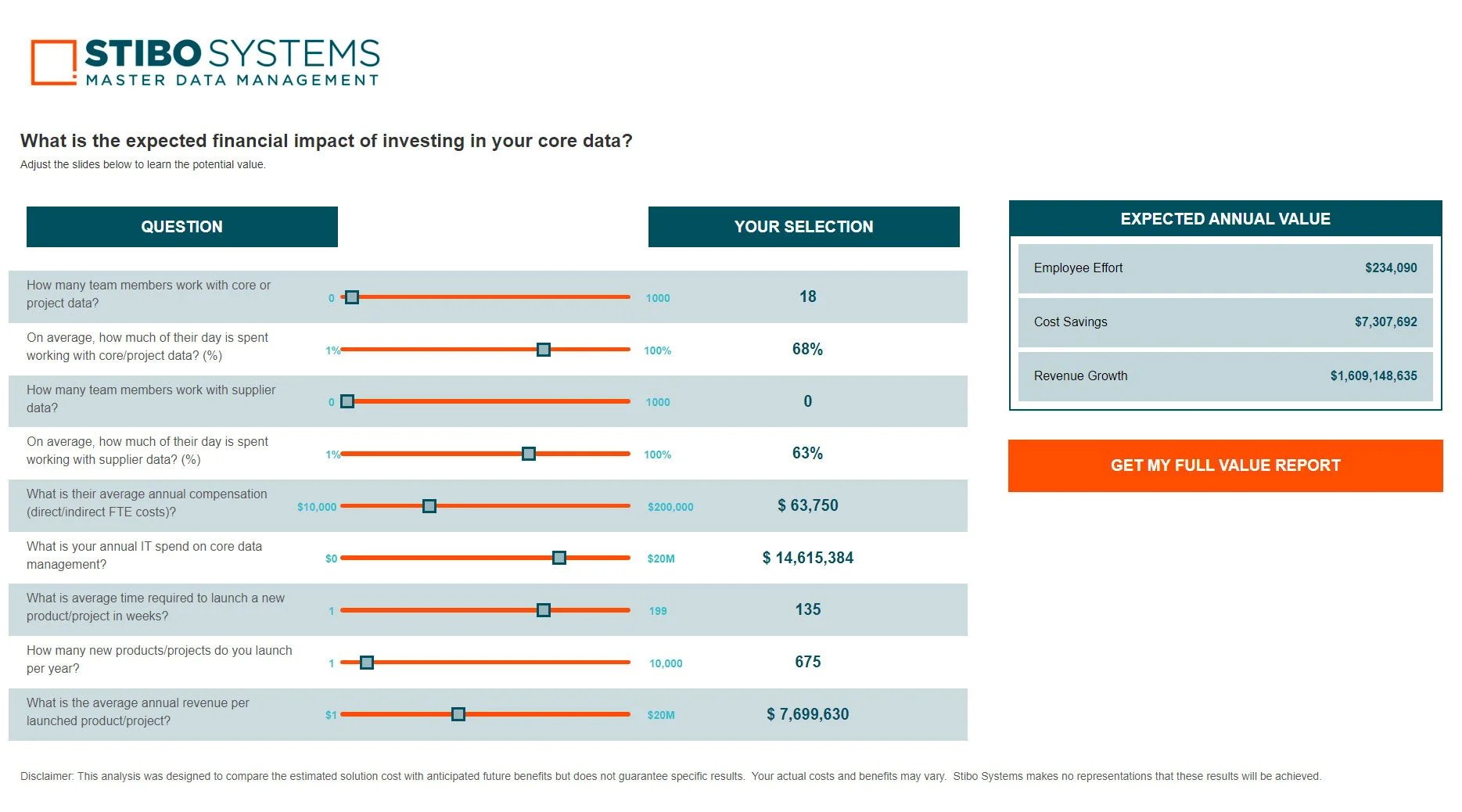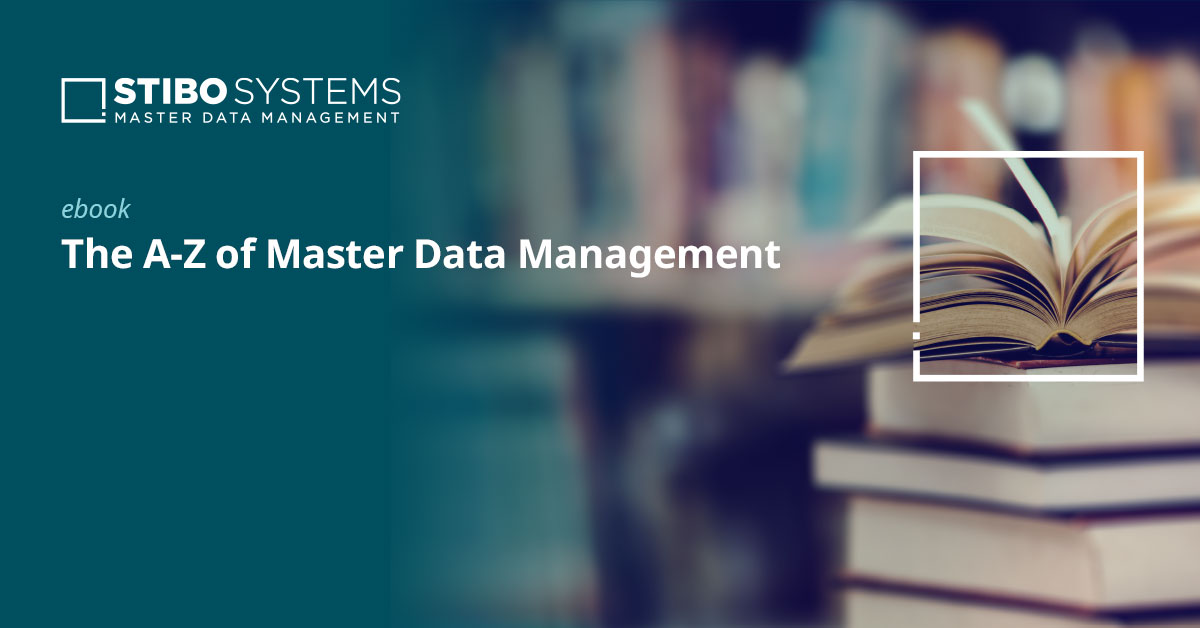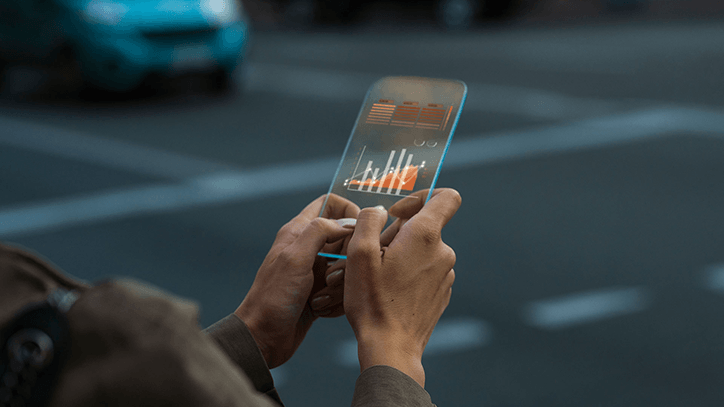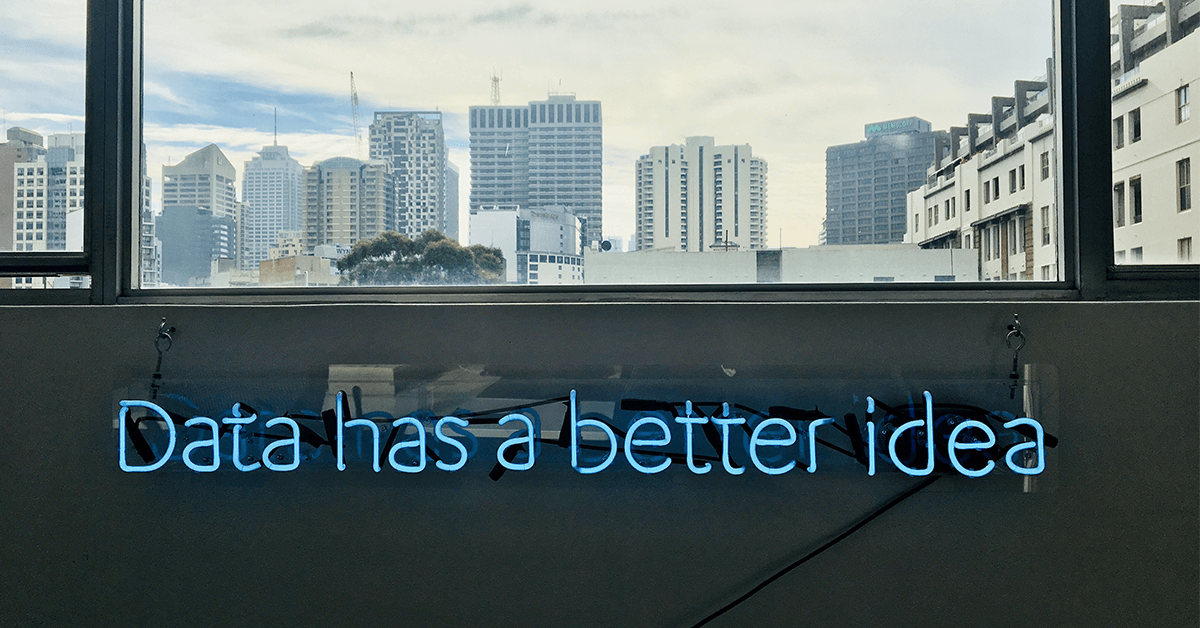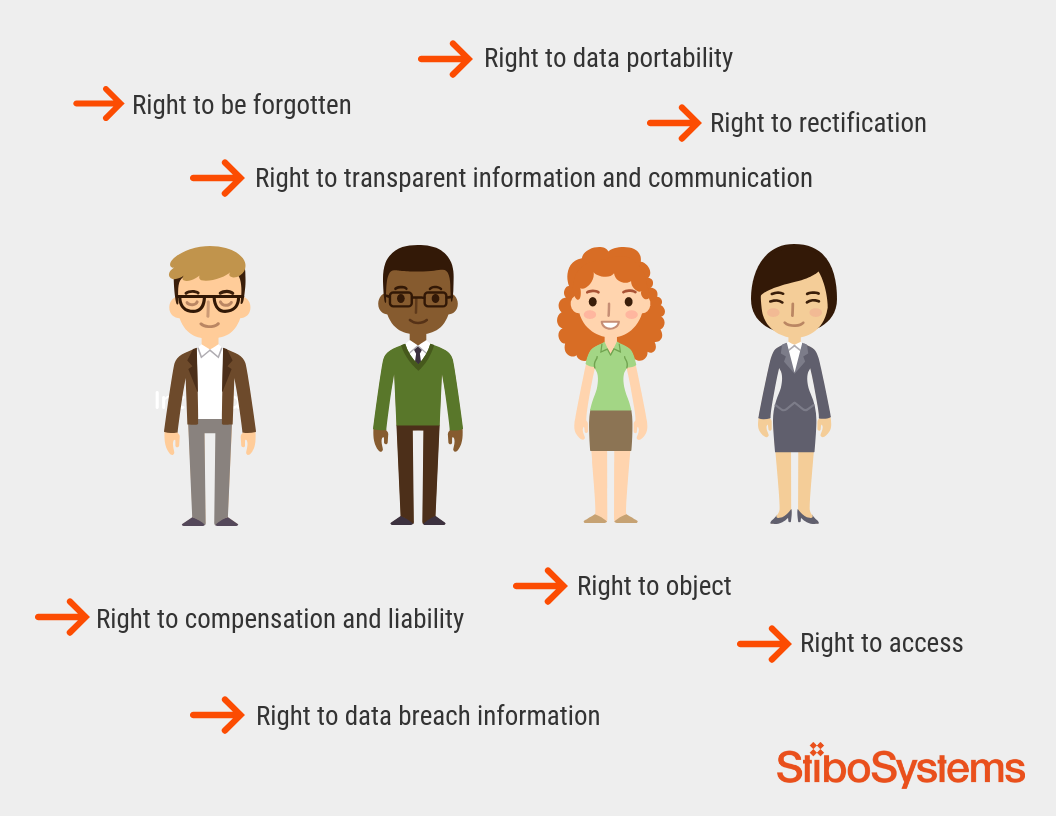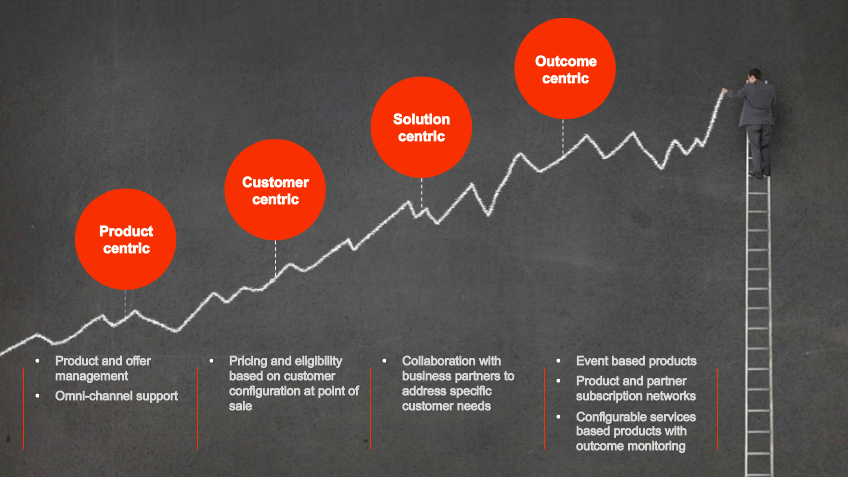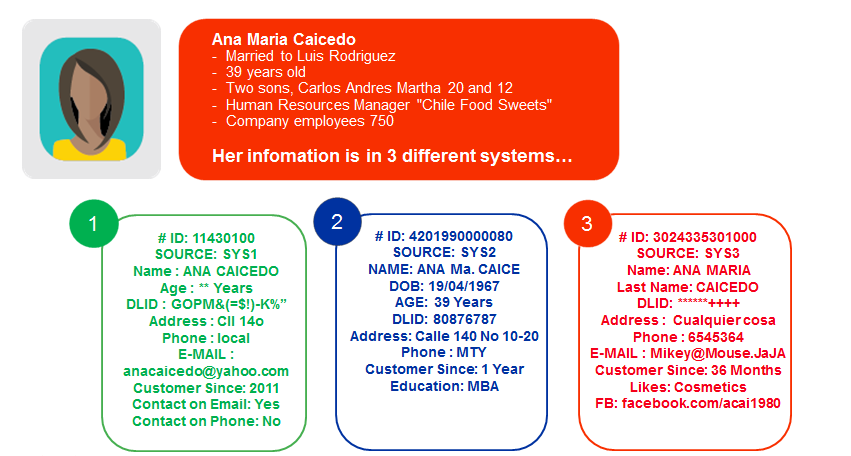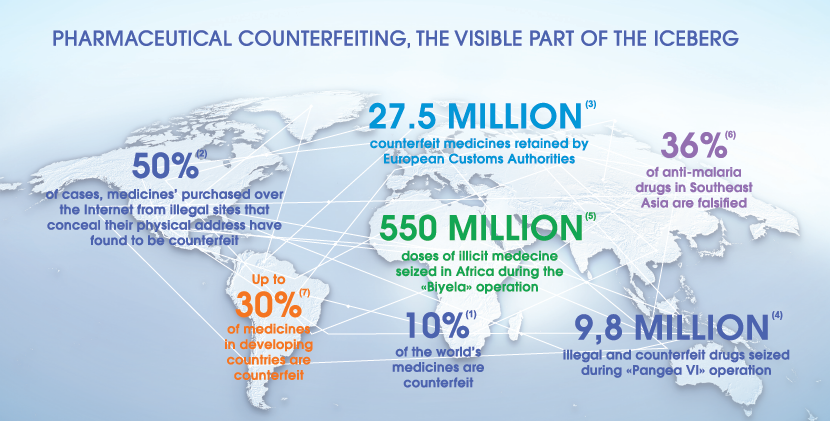The Internet of Things (IoT) is one of the most disruptive game changers. It creates a deluge of data that needs to be harnessed.
According to Statista, the number of Internet of Things (IoT) devices worldwide is forecast to almost triple from 9.7 billion in 2020 to more than 29 billion IoT devices in 2030 (statista.com - Number of Internet of Things (IoT) connected devices worldwide from 2019 to 2021, with forecasts from 2022 to 2030).
That is an amazing statistic, that opens up enormous potential for companies that are innovative. This also presents a huge technical challenge for the operators of these devices, because how can they manage all of this data?

The Internet of Things (IoT) is definitely one of the most game-changing inventions for businesses. It has enhanced processes and improved a number of business areas ranging from analytics to security and logistics. To name just some of the key trends of IoT:
Edge computing: As IoT devices continue to generate vast amounts of data, edge computing is becoming increasingly important. Edge computing involves processing and analyzing data at the edge of the network, close to where the data is generated, rather than in a centralized data center. This approach reduces latency, enhances security and enables faster decision-making.
AI and machine learning: As IoT devices generate more data, AI and machine learning technologies are becoming more important for analyzing and making sense of this data. These technologies can help organizations identify patterns and insights that would be difficult or impossible to identify through manual analysis.
5G networks: The rollout of 5G networks is expected to have a significant impact on IoT. 5G networks offer faster speeds, lower latency and greater capacity, which will enable IoT devices to communicate more quickly and efficiently. This will be particularly important for applications that require real-time data processing, such as autonomous vehicles and smart cities.
Sustainability: With the growing concern for sustainability, IoT devices can play a crucial role in helping organizations reduce their environmental impact. IoT sensors can be used to monitor energy usage and optimize transportation. With smart metering, consumption meters have become the perfect example of IoT devices.
Security: IoT security is becoming increasingly important as the number of IoT devices continues to grow. With the rise of cyber threats, IoT devices need to be protected from hacking and other security breaches. This requires a combination of hardware and software security measures, as well as ongoing monitoring and management.
Regarding any of these trends, master data management (MDM) is crucial to achieve the most successful outcome of your IoT initiative. Characteristic of IoT data is that it’s changing in real time, whereas master data is low-volatile data that can provide a framework for understanding real-time data.
Three ways master data management supports IoT
1. Link your IoT data with accurate master data to obtain insights
When you connect IoT with master data management, you are able to link the data being captured with the device across any data domain, such as: customer, location, asset, product, employee, etc. This powerful data relationship enables businesses to obtain the correct insight across the business while leveraging existing solid architecture. Any IoT initiative will benefit from this foundation of data, as well as generate even more useful and real-time information. As a system of innovation that can be the differentiation in a competitive market and empower the business to deliver better customer experiences.
As an example, smart watches can measure your pulse and heart rate, the quality of your sleep and how many calories you burn when exercising. You can share this data via an app with your doctor who can then give you better health advice, or you can share it with your friends and engage in exercising competitions.
This concept is called connective clothing or wearable tech; the consumer can communicate with something they’re wearing. Companies that are able to harness that wearable data can strengthen customer engagement and brand loyalty.
With the IoT and master data management, a brand manager will be able to use the generated data, link it to the specific smart watch, and then aggregate that data at the product line level. This data now becomes important information in a product lifecycle management process, and it will assist the designers in making the right enhancements for next season – all based on trusted accurate data.
The great thing about IoT-generated data is that it contains a high level of trust, as it’s real-time data generated in the moment of action by actual people. The companies that successfully deploy mass market IoT offerings will be the ones that hit the bullseye, as they can understand what’s relevant and desirable from a customer perspective.
2. Empower your stakeholders with IoT data via your master data management platform
There are multiple ways to leverage the effects of IoT initiatives as multiple stakeholders across the enterprise play various roles. By applying the multi-sided platform strategy, it’s possible to identify the value-adding elements, which can inform the CIO where to make changes to the systems of differentiation and systems of innovation, unfolding the great innovative ideas in an IoT context.
This data goldmine can be key as trusted IoT information managed in your master data management solution is then shared throughout your organization’s information supply chain. The ability these disparate systems hold in harnessing the IoT data will become a game changer for organizations who have the guts to take on an IoT initiative. If companies can embed this innovation into the DNA of their employees, they will be able to watch both their customers and relevant stakeholders benefit from the data-driven changes ahead.
Combining IoT data with master data is crucial as IoT data (or sensor data) is always data about an object or an asset that can be described with master data, for example, a vehicle, a building or equipment. Master data provides the context that makes sense of IoT data.
3. Secure IoT data governance and connect your IoT initiatives to become proactive
The data aggregated from your IoT initiatives needs to be supported by appropriate data governance capabilities. Your master data management solution should assist you in having that, as well as capabilities to embed and reference IoT device-generated data. With access to IoT data, you may start to aggregate and cross reference this data and allow different stakeholders to view and act appropriately based on product make/model, product line, customer segment and much more.
The master data management solution will become the binding element of IoT initiatives that organizations use to orchestrate data to other applications in the IT architecture landscape, delivering value-adding insights. Having such aggregated and linked views will allow organizations to become proactive, as they will have the opportunity to implement processes that perform real-time analytics on the comprehensive volume of data in motion.
Such overviews will be aggregated to higher level in the data structure. For example, if we look at a robotic lawn mower, IoT-generated data can show details of the actual use of a specific lawn mower, aggregate that information for the usage for all models within that product segment, cross referenced to each person that owns the lawn mower, to that customer segment group or geographical locations/regions. This type of data can then be used to develop the product further or even help the end customer develop more efficient ways to mow their lawn.
The question now is, what obstacles or challenges are hindering organizations to move forward with IoT opportunities? My experience is that many organizations are not digitally ready in their ways of thinking and operating. They are in waiting-mode, looking at others to learn how to cope with the concerns of elements such as data privacy and security, lack of skills, lack of standards, organizational change management, technology and architecture and more.
They are facing a great level of uncertainty, whether the IoT initiative will deliver the benefits promised. Maybe the endless road of new challenges and opportunities in areas such as data governance, standards, health and safety, security, design and supply chain are too overwhelming, and short-term priorities have the focus. They may opt out on innovative opportunities, which could be supported by IoT and master data management.
As innovative offerings can be game-changers in a competitive marketplace, IoT initiatives may be the enabler in order to deliver better customer services, support cross-sell and upsell opportunities, enhance business efficiency or reduce risks. Master data management is a key foundational element to digest and structure this velocity of data becoming the reference model between innovators and data scientists inside your business and create solutions that connect your people and systems in the integrated world. Companies must start planning now or risk being left behind; therefore, it’s important to establish a direction for how to master data in a greater context.

